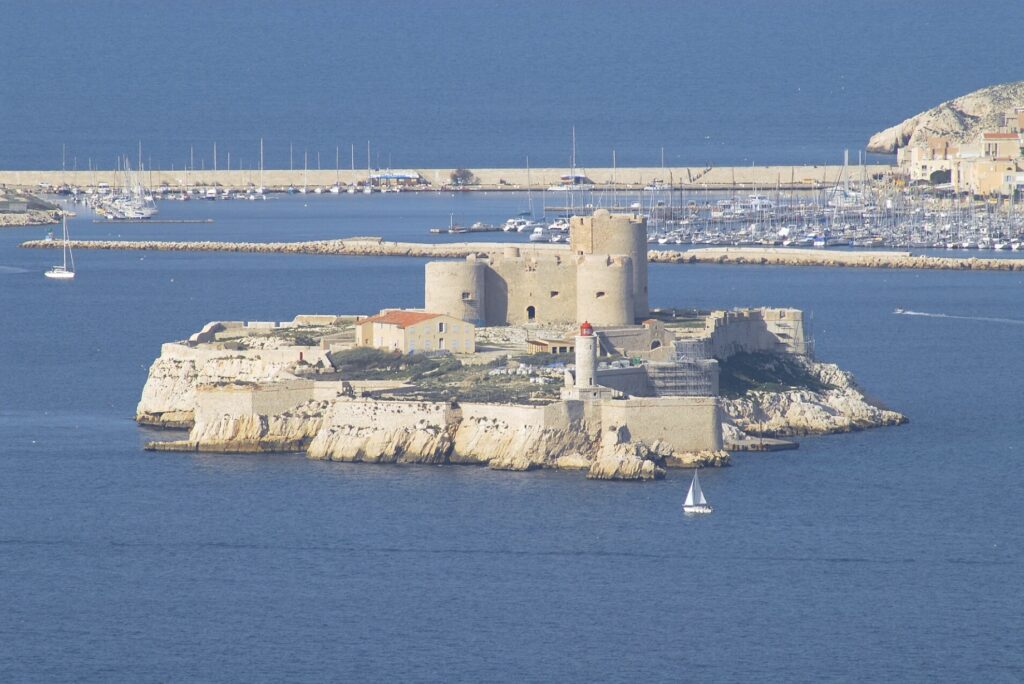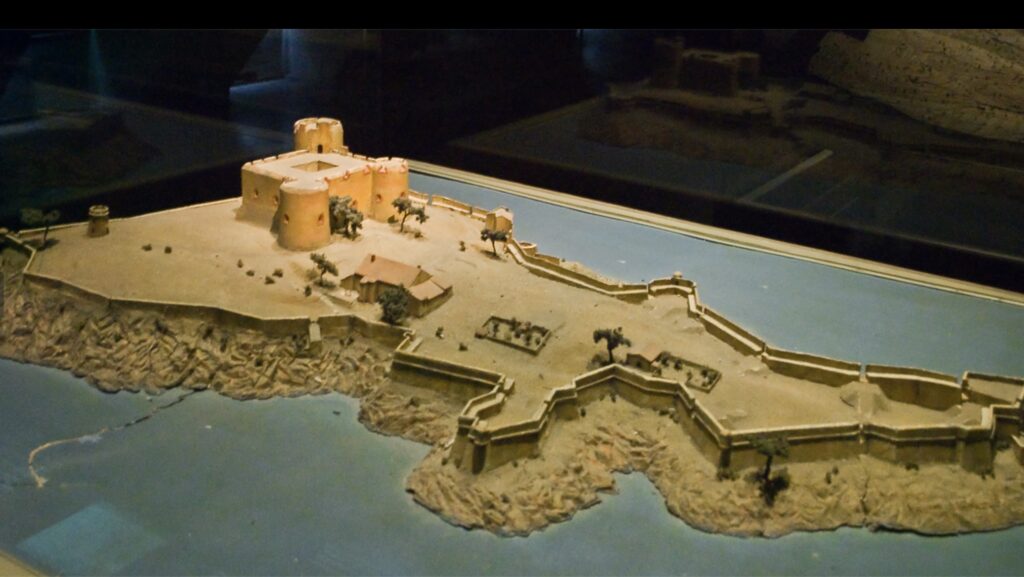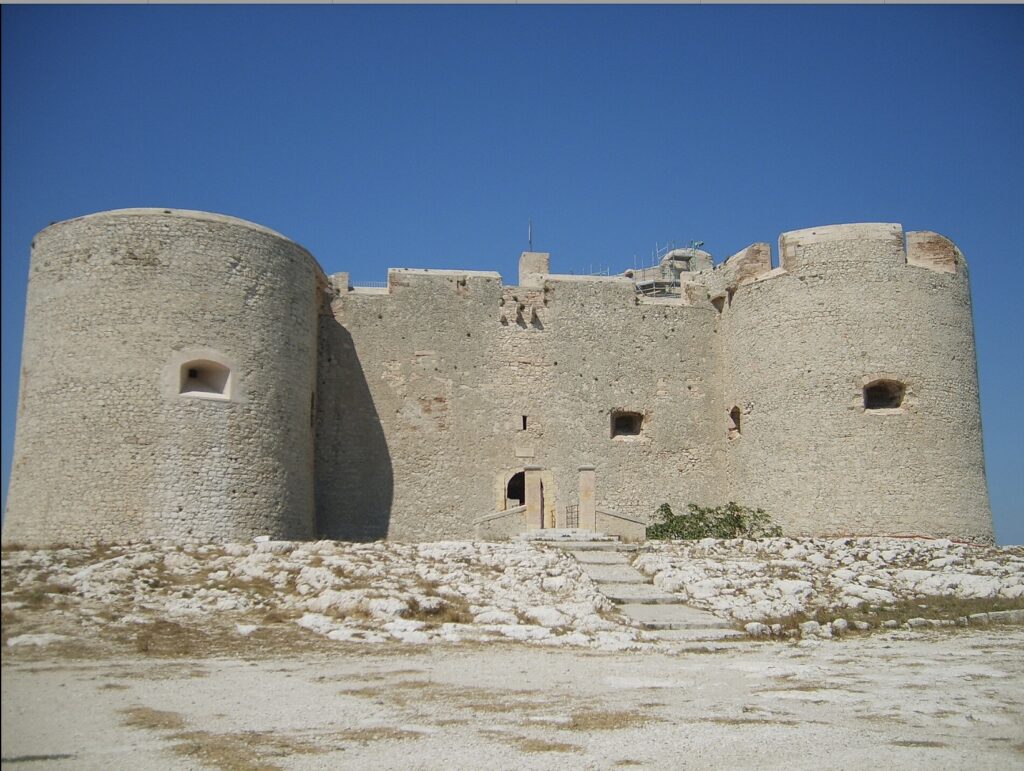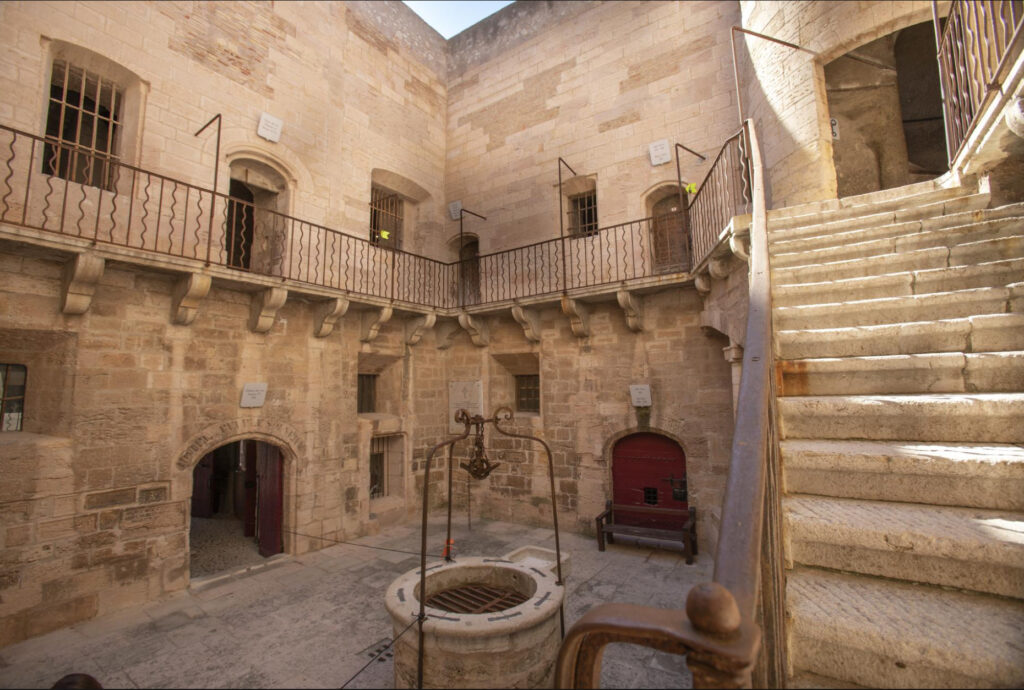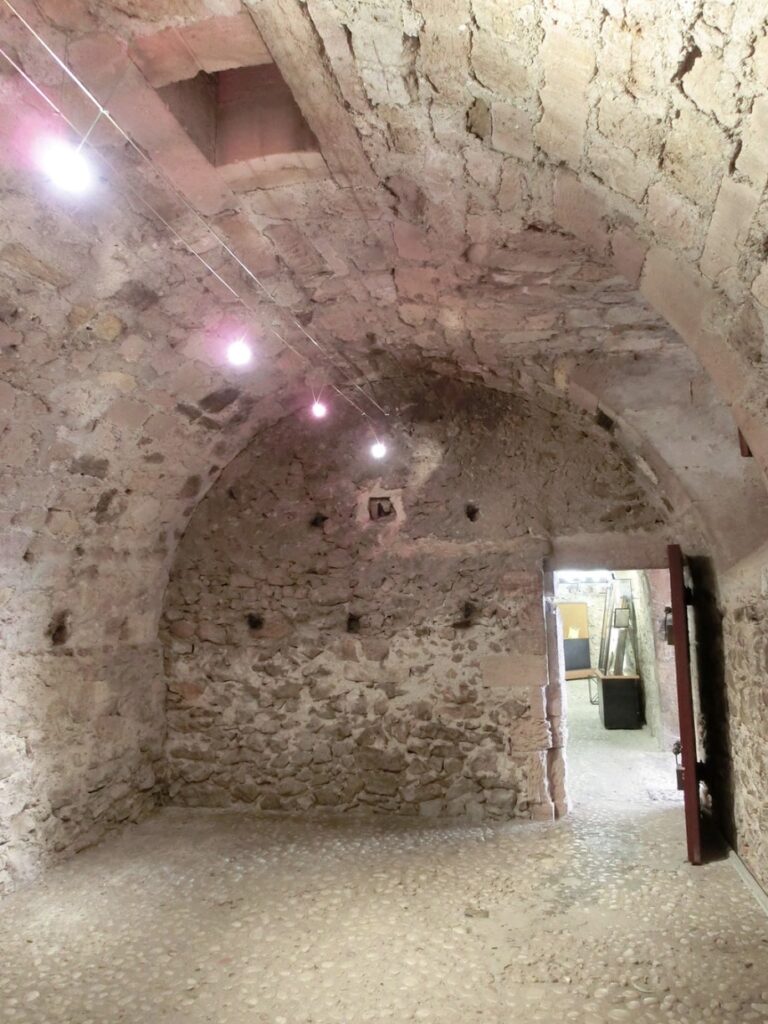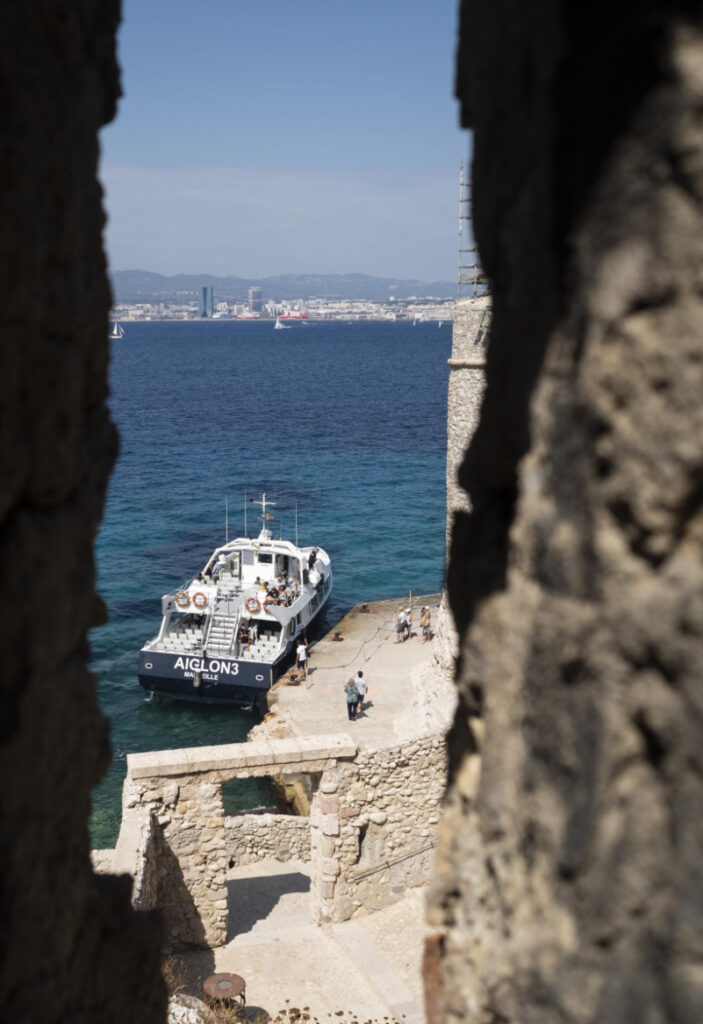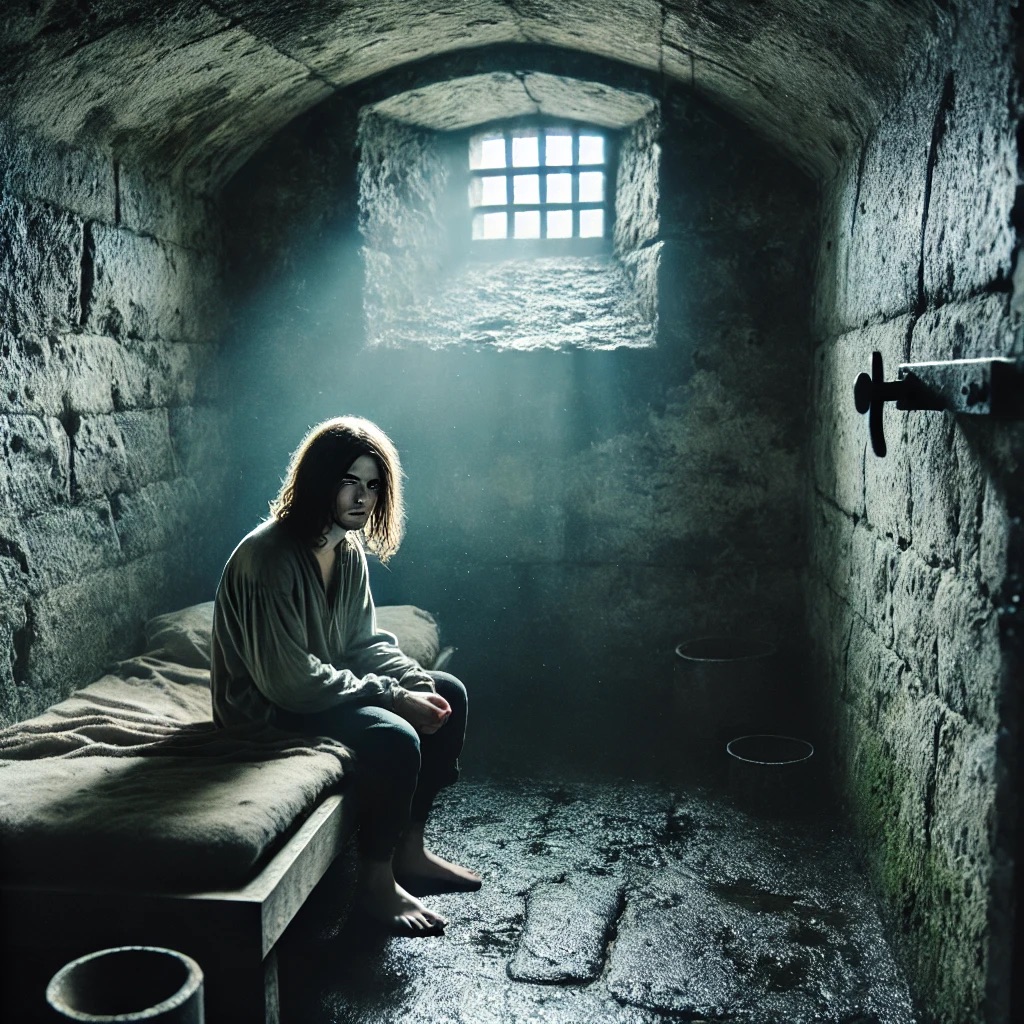ChatGPT:
Château d’If is a fortress located on the small island of If, just off the coast of Marseille, France. Built in the 16th century during the reign of King François I, its original purpose was to defend the city of Marseille from potential sea invasions. However, it is most famous for its later use as a state prison. The isolated island and fortress were considered ideal for incarcerating political prisoners, many of whom were held in harsh conditions.
The Château d’If gained international fame through Alexandre Dumas’ novel The Count of Monte Cristo, in which the protagonist, Edmond Dantès, is wrongfully imprisoned there. Today, the château is a popular tourist attraction, offering visitors the chance to explore its historic rooms, dungeons, and enjoy panoramic views of the Mediterranean Sea and the nearby city of Marseille.
Visitors can access Château d’If by ferry from Marseille, making it an ideal day trip for those interested in history and literature.
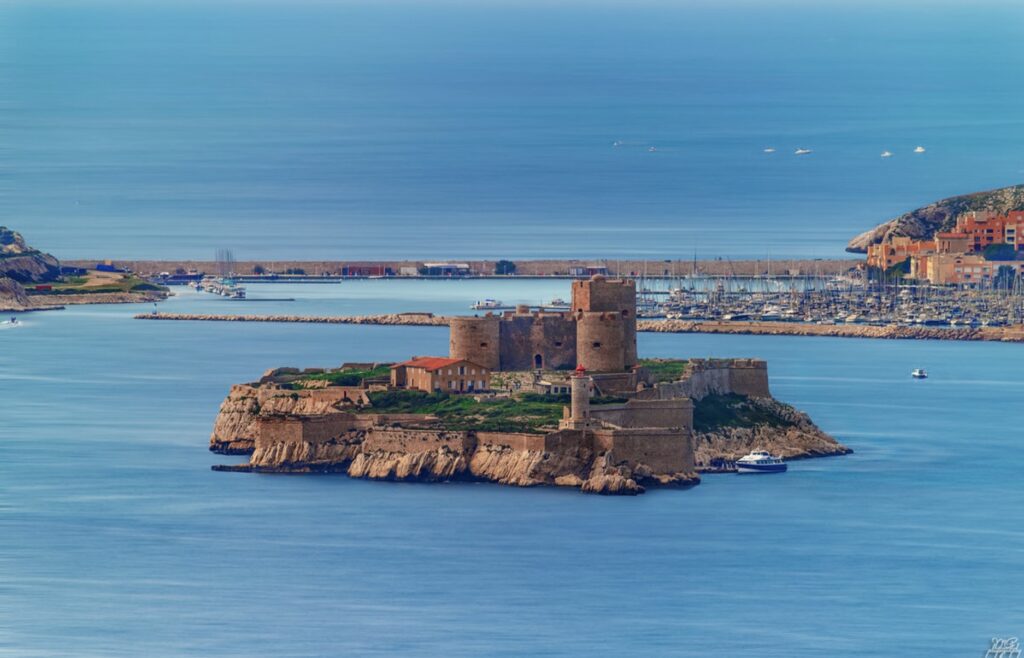
The origin of Château d’If dates back to the early 16th century when King François I of France visited Marseille in 1516. He recognized the strategic importance of the small island of If, located just 3.5 kilometers off the coast, as a potential defense point against sea invasions. To protect the city’s harbor from foreign threats, particularly from the Mediterranean, he ordered the construction of a fortress on the island. Work on the Château d’If began in 1524 and was completed in 1531.
Construction
The château was designed as a three-story square structure, surrounded by high walls and circular towers at each corner, which allowed for optimal defense against naval attacks. The natural isolation of the island, with its steep cliffs and rocky terrain, made it an ideal location for a military outpost. The fortress was equipped with artillery placements and could house a garrison of soldiers, although it never saw military action.
History and Use as a Prison
Despite its original defensive purpose, Château d’If quickly transitioned into a prison in the 1540s. The island’s isolation, combined with the strong fortifications, made it an ideal place to hold political and religious prisoners. Over the centuries, it became notorious as a prison for enemies of the French state, including Protestants during the French Wars of Religion and political dissidents.
Prisoners held at Château d’If were often divided by social class. Wealthier prisoners could pay for better accommodations, while lower-class prisoners were kept in dark, cramped, and unsanitary conditions in the dungeons. Many prisoners died due to the harsh conditions.
Literary Fame: The Count of Monte Cristo
Château d’If is most famous for its role in Alexandre Dumas’ 1844 novel The Count of Monte Cristo. In the story, the protagonist, Edmond Dantès, is wrongfully imprisoned in the château, where he meets fellow inmate Abbé Faria and eventually escapes to seek revenge. Dumas’ novel brought global attention to Château d’If, making it a symbol of wrongful imprisonment and escape.
Decline and Modern Era
By the 19th century, Château d’If had ceased to function as a prison. In 1890, it was officially opened to the public as a historical monument. Since then, it has been a popular tourist destination, offering visitors a chance to explore the old cells, ramparts, and enjoy views of the Mediterranean. Today, ferries from Marseille regularly transport visitors to the island, and it remains an important part of French historical and cultural heritage.
Although the fortress never fulfilled its original military purpose, its history as a prison and its literary legacy have made Château d’If an enduring symbol of isolation and resilience.
